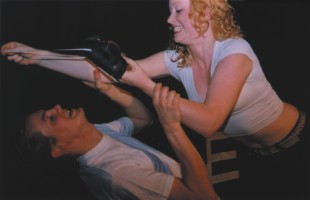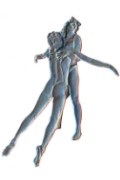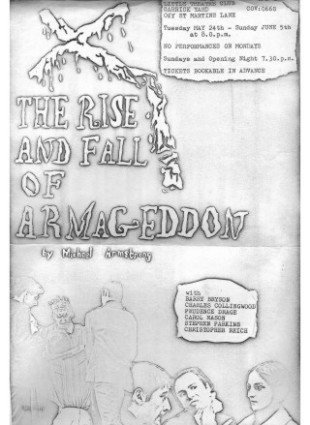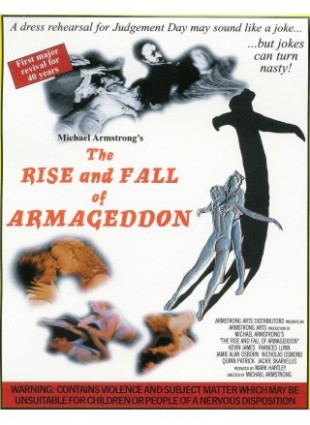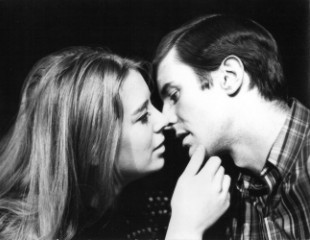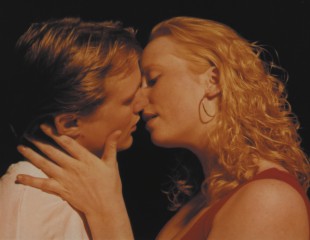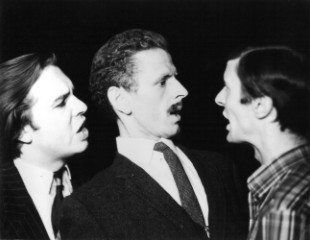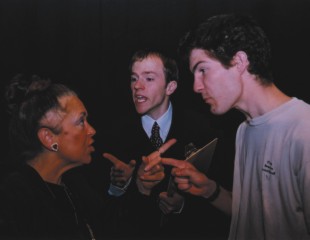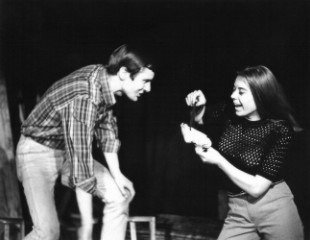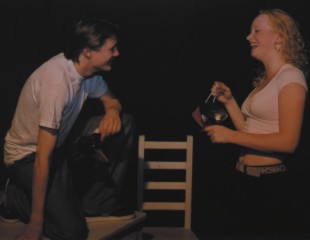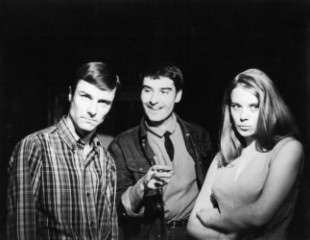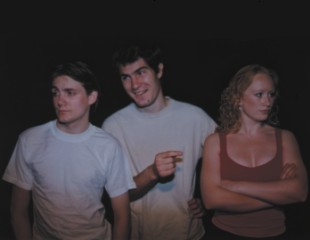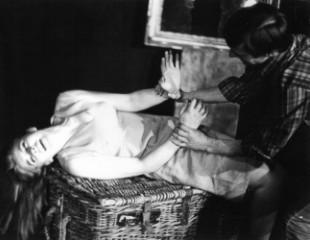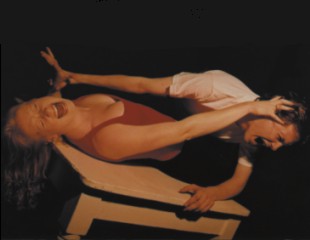The Rise And Fall Of Armageddon - History
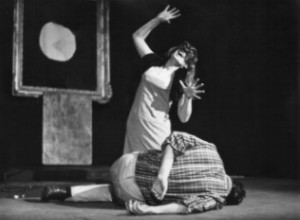
Written in 1964.
The idea for the play came from a newspaper report describing the chaos of road works at Hyde Park Corner as "looking like a dress rehearsal for Judgment Day". The play's violent ending was influenced by Armstrong having recently seen Peter Brooke's extraordinary production of The Marat/Sade and the vogue at that time for abrupt and shocking climaxes.
The central character, Yannis was based on a fellow RADA student, Barry Bryson, for whom he had written the short film The Hunt and who had, earlier, appeared in Armstrong's charity revue, Unicorn. Virginia was drawn from a girl conducting a summer course at the Royal Court Theatre which Armstrong had attended, some years earlier, while he was still at school.
The Rise And Fall Of Armageddon was first staged in 1966. At the time, Armstrong was working as an actor in the West End with the hit comedy, Spring And Port Wine. The play's author, Bill Naughton (who also wrote Alfie) was sufficiently impressed by Armstrong's play to became a principal investor whilst a small Theatre Club in St Martin's Lane agreed to take the production. Produced on a miniscule budget, The Rise And Fall Of Armageddon went into rehearsal in April.
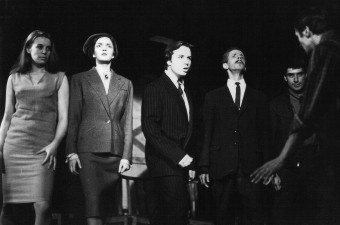
The cast consisted of three ex-RADA students: Barry Bryson, for whom he had written Yannis; Charles Collingwood (later to become a longstanding regular in radio's The Archers and TV's Telly Addicts with Noel Edmonds) and Prudence Drage for whom Armstrong would later write film roles in Eskimo Nell and the Adventures Of... series. The remainder of the cast came from auditions (Christopher Reich later briefly became a regular as a young doctor in TV's Eastenders).
Rehearsals went moderately smoothly apart from a short-lived rebellion by the actors, three days before opening, who feared that the melodramatic performing style required by the Grand Guignol ending, instead of shocking an audience, would result in them being laughed off the stage. Armstrong refused to change anything and compromise the play either in writing or in direction.
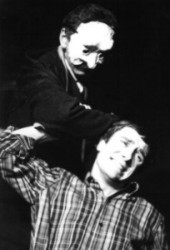
The opening night proved him right. The audience was enthusiastic and loved the play's transition from comedy into Grand Guignol. From the few critics who attended the opening night, reviews were favourable and the cast, now convinced of the ending's validity, were soon playing it to the full with great relish. The tiny theatre played to good houses and the run was extended.
Armstrong recalls: "Audiences, night after night, sat there lapping up all the horror and loving every minute of it. At the time, though, I was surprised no one actually took offence, considering what's actually happening on stage. I realise now that because the ending's so over the top and because of the stylisation of the masks, and the rhythmic chanting of the dialogue and the characters physically turning into such grotesques and then with the lighting and the music and the slow heavy padding sound of the Beast - with all of that stylised theatricality going on around it, the ritual murder, as horrific as it is, becomes removed from any kind of naturalism and so the audience can take refuge in a reassuring world of stylised fantasy - in the same way that they enjoy a horror film. Now I look back at my play and realise this was the only ending it could possibly ever have."
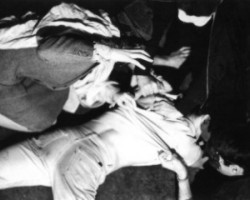
Interest was expressed to transfer the play into the prestigious Arts Theatre Club for an open-ended run. Then, as plans were being drawn drawn up for the transfer, a credit squeeze occurred in the country. High risk investment was the first to suffer - and, as always, the arts and, especially theatre, were top of the hit list. Armstrong's backers were forced to withdraw. The Rise And Fall Of Armageddon closed and no transfer occurred.
The play went into storage and a disheartened Armstrong turned his back on the theatre and looked in the direction of his other great passion: the cinema. One year later he would direct his first short, The Image.
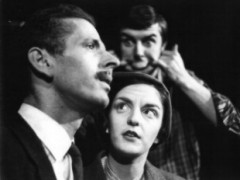
Nothing further happened with the play until 1970 when Armstrong included an abridged version of the Second Act in an end of term showcase he was directing for the Italia Conti Stage School. Although out of context and being somewhat bewildering as to its identity, the abridged ending proved highly popular with the invited audience of friends, parents and industry figures despite its adult content.
Because of its ability to show off actor's skills on a large emotional canvas, Armstrong again used the abridged ending in the first public showcase of his own Structured Acting Course in 1992, The Illustrated Games People Play. For the first time, a couple of people in the audience were shocked by the ending, claiming the depiction of Black Mass was an offence to the Christian religion.
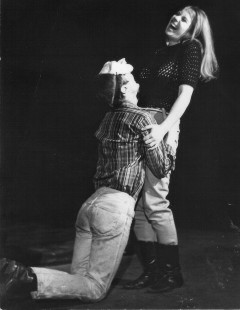
In the 2001 showcase, again, a couple of audience members took offence at the scene on religious and moral grounds. They also took offence at a scene, traditionally performed with giant phallii, from Aristophanes' comedy, Women In Power. As Armstrong remarked, "It's taken nearly forty years before I could shock someone with my play, whereas for poor old Aristophanes it's taken over two thousand!"
His appetite whetted by this newly found reaction, Armstrong decided to revive the play as part of a planned repertory tour that included a revival of The Curse Of Tittikhamon - which had also found its satire suddenly being labelled offensive by the politically correct few.
The tour opened on the 19th September 2001 at the Margate Theatre Royal - only a week after the destruction of the World Trade Centre in New York. Inevitably, the entertainment industry was badly effected. Along with many other shows, the planned tour suffered terrible houses and was forced to close.
<< Introduction
Gallery >>
